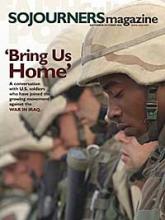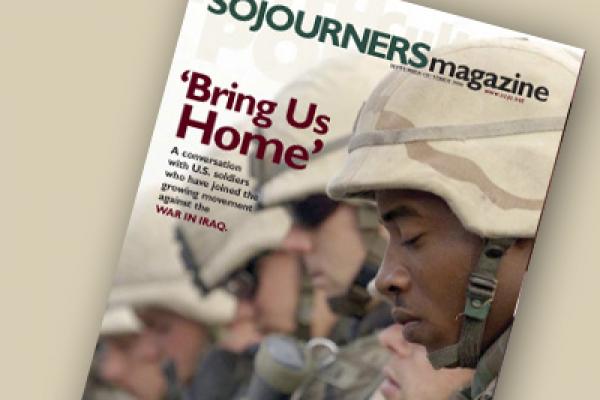St. Gabriel the Archangel Catholic Church is in a predominantly African-American part of New Orleans that flooded badly when the levees broke after Hurricane Katrina. The neighborhood includes a historically white area called Gentilly Woods (now about half black) and Pontchartrain Park, the first subdivision for middle-class African Americans to be built in New Orleans. St. Gabriel’s parishioners are predominantly black, mostly homeowners, but modest ones.
St. Gabriel’s pastor, Monsignor Douglas Doussan, is a 71-year-old New Orleans native, co-founder of the New Orleans chapter of Pax Christi, and a leader in All Congregations Together, a church-based community organization affiliated with the national PICO network (formerly the Pacific Institute for Community Organizing).
When the levees broke, Doussan said, his parish buildings took 5 to 8 feet of water. Some houses in the area took 11 feet. Then, Doussan said, “The water stayed for three weeks.” No one could enter the neighborhood for another two weeks because of health and safety concerns.
When he finally went back, two things impressed him most. First was the sediment from the flood waters. “There was a thick film of dry, gray mud on everything,” Doussan said. “The flood water had dead bodies in it, toxic chemicals, raw sewage; the sewage plant was broken when Katrina hit … and this mud covered everything—cars that were left behind, furniture in houses, all the inside of the church. It was all over the streets. The streets crackled with it when you drove over them.”
Read the Full Article

